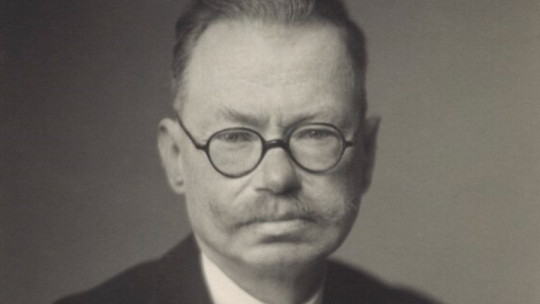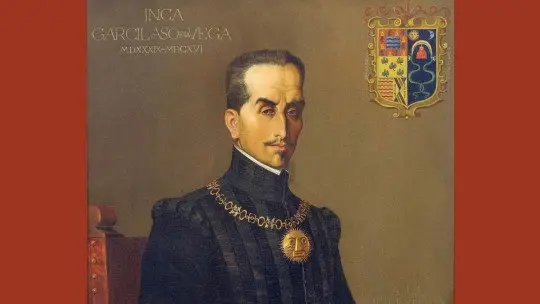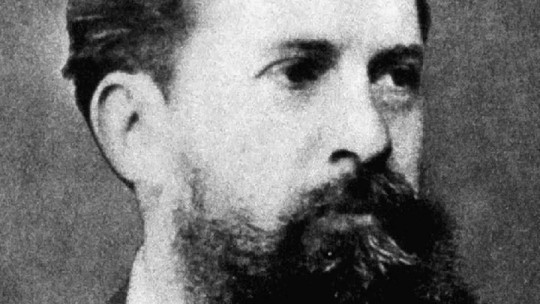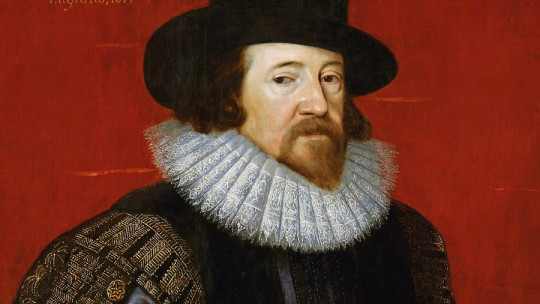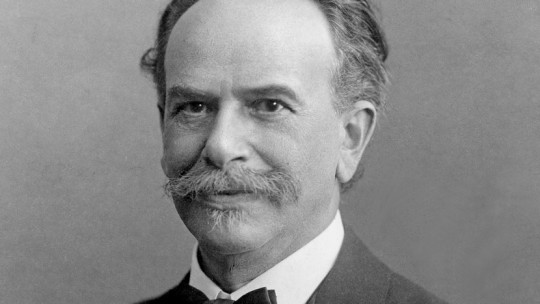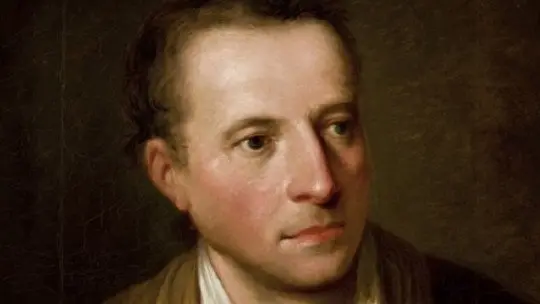Archeology is the science that deals with studying ancient civilizations through different methods and objects, such as works of art, utensils, monuments, various documents…
Like any science, archeology is full of relevant figures who stood out for one contribution or another; is the case of Max Uhle, German archaeologist who worked extensively in the lands of South America especially in Peru, and who is considered the father of Peruvian scientific archeology.
For many, Max Uhle is considered the father of Peruvian scientific archeology. Uhle was especially known for studying the pre-Columbian cultures of Peru. On the other hand, one of the cultures that Uhle studied in depth was that of Tiahuanaco, at the end of the 19th century.
Thus, Max Uhle’s works had a special impact in South American countries such as Peru, Chile, Ecuador and Bolivia. These works covered the period from the end of the 19th century to the beginning of the 20th century.
On the other hand, Max Uhle became known for starting scientific archeology in Peru (and for this reason, he is considered the founder or father of this field). Uhle also revalued the importance of the pre-Inca past, and disseminated knowledge about it, since until then this type of civilizations were considered of little importance in the field of archaeology.
In this article we will see a short biography of Max Uhle through his biography and his most relevant contributions to this field of knowledge.
Biography of Max Uhle
Max Uhle (1856-1944), full name Friedrich Maximilian Uhle Lorenz, was a prominent German archaeologist born in Saxony (Kingdom of Saxony, Germany) on March 25, 1856. He was the son of Friedrich Ernst Uhle and Anna Kunigunde Lorenz. Uhle, after finishing his compulsory school education, entered the University of Leipzig (Germany) in 1875.
He completed his military service and later entered the University of Gottingen, where he remained for a year, before returning to Leipzig. There he studied philosophy and obtained his doctorate, specifically in 1880. His thesis addressed the topic of ancient Chinese grammar.
After finishing his thesis, Max Uhle started working at the Saxony Museum of Ethnology , where he assisted the director. There he worked for seven years, from 1881 to 1888. Later, he worked in the same way, this time at the Museum of Ethnology in Berlin. At that time, the museum was being transformed into a center for Americanist studies.
As relevant data on his work history, we also add that Uhle was, during the VII International Congress of Americanists held in Berlin, in 1888, as its assistant secretary.
Finally, he died in Upper Silesia (Poland), on May 11, 1944, at the age of 88.
Archeology
In the scope of his career in archaeology, The excavations carried out in Pachacámac stand out , located in the Lurín valley (south of Lima). There he used the stratigraphic method for the first time in America, which we will discuss later.
Once the excavations were completed, Max Uhle traveled to Philadelphia to analyze the results found. As a result of these excavations, Max Uhle published the work Pachacamac (1903). This work was highly valued at the time, and is currently still used as a study text on South American archaeology.
Three years after this publication, in 1906, Uhle was appointed director of the Archaeological section of the Historical Museum of Lima. Six years later, in 1912, he moved to Chile, where He was appointed Director of the Museum of Ethnology and Anthropology of Santiago
Once installed in Chile, Uhle focused on carrying out excavations in northern Chile, specifically in Arica, Pisagua, Calama and Tacna. Years later, in 1917, Max Uhle scientifically described the Chinchorro mummies; This fact was important because he was the first to carry out this work.
It is worth mentioning that the Chinchorro culture was shaped by a group of fishermen who inhabited the coast of the Atacama Desert between 7020 and 1500 BC. This time, the results of their findings and research were published in their works: The aborigines of Arica (1917) and Archeology of Arica and Tacna (1919).
Relevant contributions
We find different contributions made by Max Uhle to the field of archeology, which can be classified into these categories.
1. Stratigraphic method
Max Uhle also stood out as an archaeologist for being the first to apply, in 1896, a method specific to archeology specifically, stratigraphy, which is the study of the superposition of layers or strata of the earth.
Well, Uhle applied the stratigraphic method to the excavations of Pachacámac, an archaeological site located in the district of Lurín (Peru), near the Pacific Ocean.
At a technical level, the stratigraphic method, specifically, allows us to evaluate the age of the remains in relation to others, based on their position in the analyzed strata.
Evolution of Peruvian culture
In addition to being the first to use this method, Max Uhle perfected the stratigraphic method of dating , which allowed him to configure a sequence that would describe the evolution of Peruvian cultures. This evolution was divided into five stages:
2. Iconography of Tiahuanaco
Another contribution of Uhle to archeology was an observation he made that originated the theory of the Tiahuanacota empire; This observation consisted of noting that The iconography of Tiahuanaco (archaeological city) had spread from the area of Lake Titicaca to a part of the current Peruvian territory
3. Moche Culture
Another of Max Uhle’s contributions or contributions to the field of archeology was that of discover the Moche culture, which ended up called Proto-Chimú The Moche culture is an original archaeological culture of Ancient Peru, which developed in the Moche River valley between the 2nd and 5th centuries.
4. Immigration theory
At a theoretical level, Uhle developed the immigrationist theory of the origin of Andean culture. This theory established that the Andean culture had emerged thanks to the contributions of Mesoamerica (that is, Mexico and Central America).
5. Peruvian cultures
We have seen some contributions from Uhle in the field of Peruvian cultures, but let’s dig a little deeper. For Uhle, the oldest Peruvian populations were made up of primitive fishermen (first stage of the evolution of these cultures, already mentioned). The level jump from these cultures to high cultures (called (Proto-Nazca and Proto-Chimú) occurred thanks to the influence of Central American cultures.


